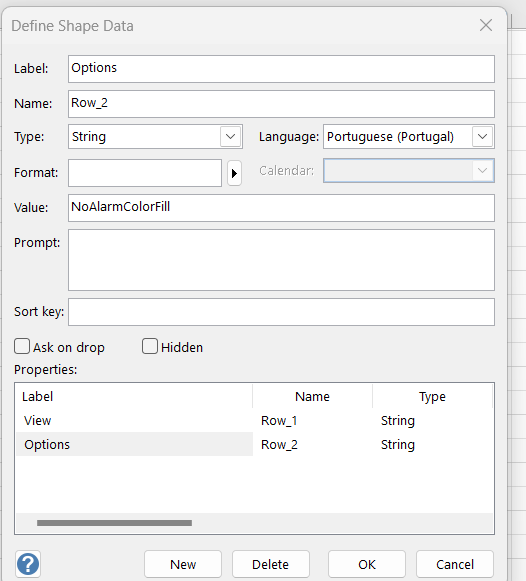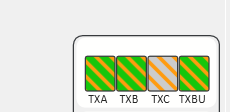Hi Skyline,
Currently our visual is mapped to a service. When one of the element in the service shows timeout status, it is displayed on the visual. How can I exclude the timeout from the visual? TQ

Hi Ben, Below are few reason:
1. We have unstable communication thru VSAT, therefore few element will always disconnected from Dataminer (timeout).
2. There are always visitors to our operation centre that query on the cross symbol and we dont think it a good sign for us since we have so many tiemout elements.
3. We do not prefer to mask those elements as the actual state will be unknown too
Gotcha – thanks for that input, always interesting. On a side note, if you have products that go in time-out too easily / too quickly (e.g. due to poor connectivity), there is always the option to fine-tune and tweak the time-out criteria. Of course this should only be used if you feel that something goes into time-out too quickly. If it is effectively in time-out, then it is, and should not be hidden by tweaking this. If you want to read more about that, it’s point 6 on this page https://docs.dataminer.services/user-guide/Basic_Functionality/Elements/Working_with_elements/Adding_and_deleting_elements.html
Thanks Ben, for the suggestion.
Also appreciate suggestions to exclude timeout from the visual, parameter that I can define on the shape data. Waiting for your feedback.
In the MaintenanceSettings.xml, you can change the timeout display mode of visio shapes for services, views and elements.
That being said, you could probably make a combination in an alarm filter to get the right state aggregate. At that point you could use the AlarmSummary shape to get the right state color.
Hope that helps.
Hi Toon, thanks for the suggestion. The visio shape is tie to a view instead of service.
How can I only exclude the timeout alarms? Could you provide me the shape data for this request. TQ
Do note that excluding the timeouts from the service as Bert suggested will allow it to trickle up that way to your view (in case your elements are not directly in it). If you can’t do that it’s a matter of using the AlarmSummary shape data and linking it to a filter you’ve created in the alarm console. Let me know what you have and where you’re struggling.
Hi – while waiting for a technical response on your question, I was just curious what the motivation would be to exclude this? Because I would think that it is relevant for an operator to know that one of the elements included in the service is currently not responding (and hence something might be wrong). Always eager to learn from the real-life use cases, hence my question. Thanks! And thank you also for being part of this community.